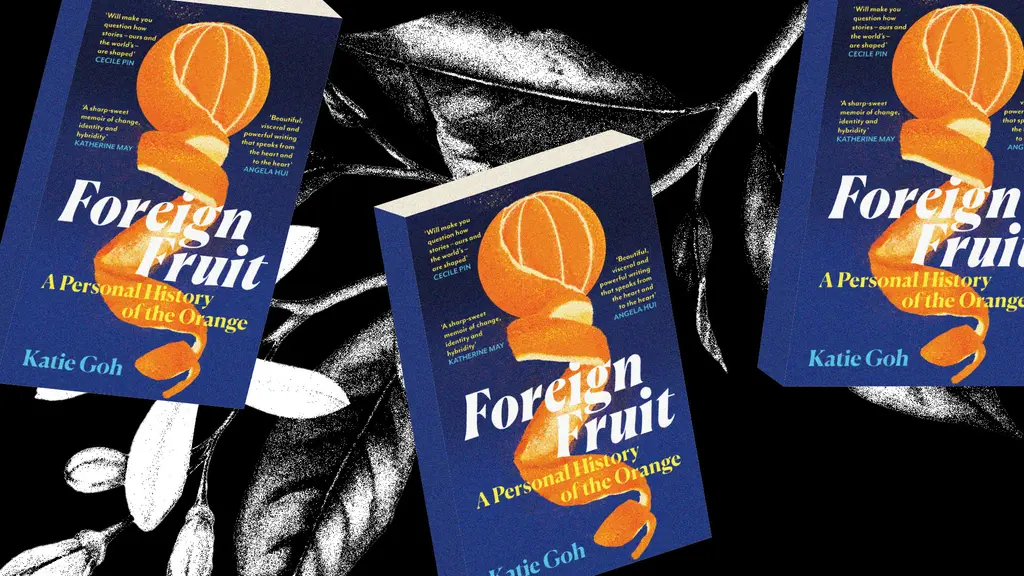In Photos: A decade growing up in pre-gentrification Lower East Side
- Text by Isaac Muk
- Photography by Angela Cappetta

When photographer Angela Cappetta moved into her own apartment on Manhattan’s Lower East Side in 1991, the neighbourhood was not the trendy area full of late-night bars and life that it is today. Rents were cheap, there were clusters of abandoned buildings, and, to outsiders at least, it was mostly known as an area rife with crime.
After growing up in New Haven, Connecticut in the late 70s and early 80s, Cappetta knew to judge the area on more than just its reputation. “When I was growing up, New Haven had the highest crime rate in the country – it had more murders per capita than Detroit and Washington D.C. combined,” Cappetta says. “The Lower East Side would get very dicey, but I felt comfortable in that kind of neighbourhood because it was reflective of my own childhood. I would get up early in the mornings when it was safer – children were in the playgrounds and families were out, it felt more ‘neighbourhood‑y’ in the morning.”

Cappetta would spend time photographing families she met out and about in the early hours. She found herself particularly drawn to a neighbouring Puerto Rican family and their youngest daughter Glendalis, whose life reminded the photographer of hers. “I grew up multi-generationally, very typical of a Mediterranean family system – no boundaries, no privacy, everyone’s on top of each other – it’s kind of insane but also very joyous,” she recalls. “I’m the youngest daughter and she’s the youngest daughter in terms of their family system, and every photographer is looking to beautify their own experiences of who they are.”
The photographer struck up a close relationship with Glendalis and her family, and she went on to photograph them over the course of a decade. Her new photobook, Glendalis: The Life and World of a Youngest Daughter, collates those images and presents them together. The work provides an up-close-and-personal look at the life of a working-class Puerto Rican family in the Lower East during the 90s, documenting them growing up as the world changed around them.
The pictures highlight the tight-knit family and community that Glendalis occupies. With the bulk of the photographs captured inside her family’s apartment, Glendalis is rarely alone in her younger years. She’s found leaning across a backrest that her grandmother is sitting on as sunlight beams across them, hanging out with her father, or sitting on the floor while her sister flicks through a teen magazine in the background.


But that changes throughout the photobook’s spreads. Glendalis gradually ages from a child to a young woman, and the later photographs see her in more solitary, independent situations. There are increasingly deliberate choices of clothing, a phase with a blonde streak in her hair, and towards the end of the book are pictures taken from her ‘Sweet Sixteen’ birthday party, where she sits in front of a huge pink cake wearing a pink dress to match.
They are relatable images, but Glendalis: The Life and World of a Youngest Daughter isn’t a coming of age story, according to Cappetta. “It’s about how people change in invisible ways,” she says. “And how a family marks their life, just through living a compelling life.”
Glendalis: The Life and World of a Youngest Daughter by Angela Cappetta is published by L’Artiere
Buy your copy of Huck 81 here.
Enjoyed this article? Follow Huck on Instagram.
Support stories like this by becoming a member of Club Huck.
You might like

In Medellín’s alleys and side streets, football’s founding spirit shines
Street Spirit — Granted two weeks of unfettered access, photographer Tom Ringsby captures the warmth and DIY essence of the Colombian city’s grassroots street football scene.
Written by: Isaac Muk

On Alexander Skarsgård’s trousers, The Rehearsal, and the importance of weirdos
Freaks and Finances — In the May edition of our monthly culture newsletter, columnist Emma Garland reflects on the Swedish actor’s Cannes look, Nathan Fielder’s wild ambition, and Jafaican.
Written by: Emma Garland

Dalia Al-Dujaili: “When you’re placeless, nature can fill the void”
Babylon, Albion — As her new book publishes, the British-Iraqi author speaks about connecting with the land as a second-generation migrant, plants as symbols of resistance, and being proud of her parents.
Written by: Zahra Onsori

Why Katy Perry’s space flight was one giant flop for mankind
Galactic girlbossing — In a widely-panned, 11-minute trip to the edge of the earth’s atmosphere, the ‘Women’s World’ singer joined an all-female space crew in an expensive vanity advert for Jeff Bezos’ Blue Origin. Newsletter columnist Emma Garland explains its apocalypse indicating signs.
Written by: Emma Garland

Katie Goh: “I want people to engage with the politics of oranges”
Foreign Fruit — In her new book, the Edinburgh-based writer traces her personal history through the citrus fruit’s global spread, from a village in China to Californian groves. Angela Hui caught up with her to find out more.
Written by: Angela Hui

We are all Mia Khalifa
How humour, therapy and community help Huck's latest cover star control her narrative.
Written by: Alya Mooro








